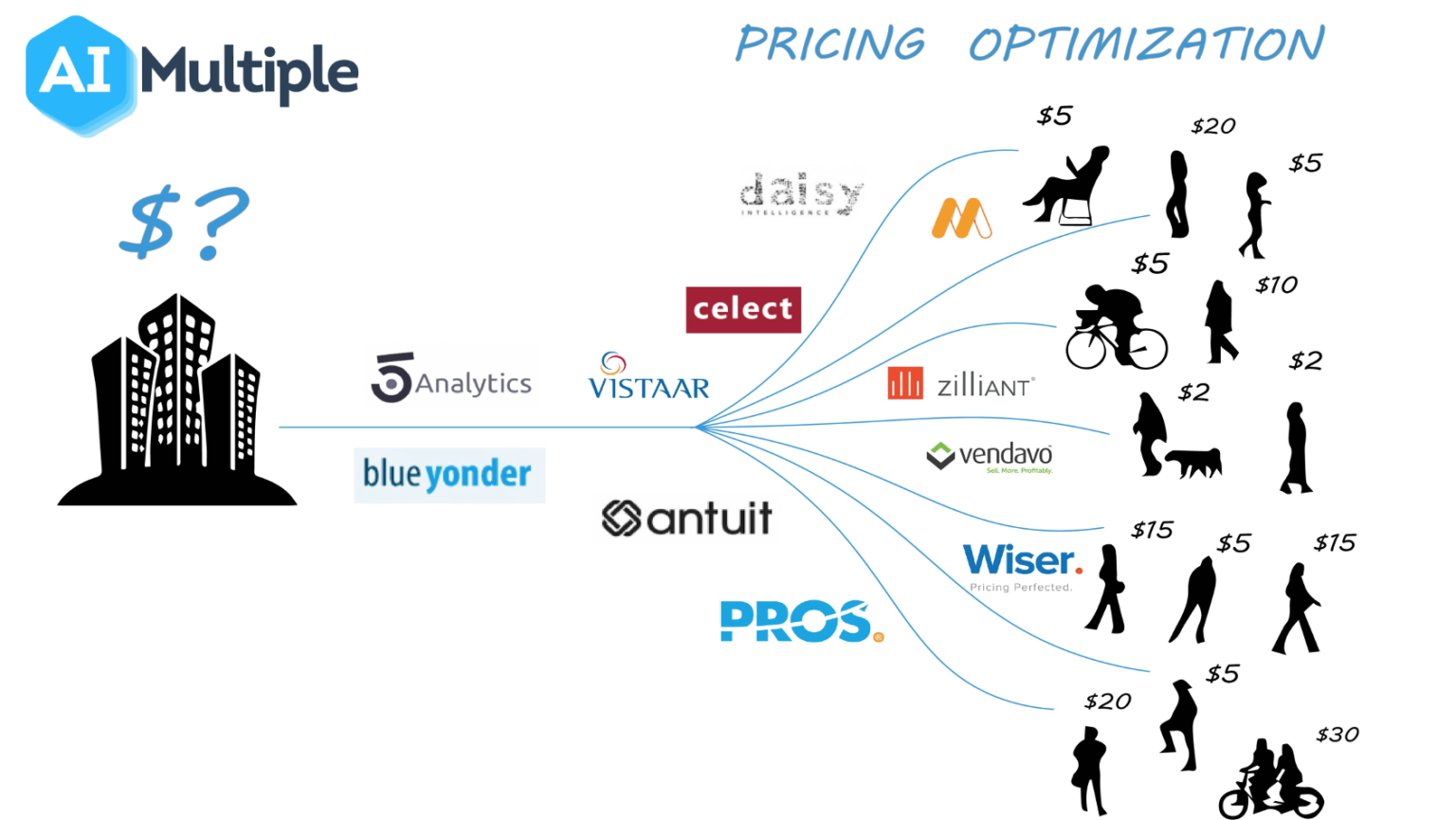

- #DYNAMIC PRICING AND REVENUE MANAGEMENT DRIVER#
- #DYNAMIC PRICING AND REVENUE MANAGEMENT OFFLINE#
- #DYNAMIC PRICING AND REVENUE MANAGEMENT PROFESSIONAL#
- #DYNAMIC PRICING AND REVENUE MANAGEMENT TV#
#DYNAMIC PRICING AND REVENUE MANAGEMENT TV#
In the 1990s, Marriott International, National Car Rental, and American TV network NBC introduced revenue management and added millions in annual revenue. Since Crandall introduced this new way of thinking, dynamic pricing has appeared across more industries and transactions including hospitality, rental cars, TV ad sales, sports tickets, and even traffic tolls. Ticket prices fluctuated based on seat availability and the new system resulted in additional revenue of $1.4 billion over three years. Yield management first appeared in the travel industry in 1985 when former American Airlines chairman Robert Crandall introduced “super-saver fares” to compete with low-cost carrier People Express Airlines. It strategically manages inventory in order to sell a product to the right customer at the right time for the right price. How Dynamic Pricing Principles Emergedĭynamic pricing is a part of yield or revenue management-a variable pricing strategy based on understanding, anticipating and influencing consumer behavior in order to maximize revenue or profits. Revenue management, then, becomes the most powerful influencer in a seller’s toolkit.

#DYNAMIC PRICING AND REVENUE MANAGEMENT DRIVER#
These include product identity and quality, brand equity, customer confidence, pricing, site usability, and marketing messaging.Īfter product identity and quality, pricing is the primary driver of the conversion rate for ticketing e-commerce. It is the percentage of the intent that buys and is influenced by several factors. Intent is most often influenced by brand equity and marketing.Ĭonversion rate is the most critical metric for e-commerce businesses. It is measured by web/mobile traffic as well as searches for dates or products in direct booking channels. In the above illustration, “intent” refers to all potential customers who are considering purchasing a ticket. Dynamic pricing typically drives higher conversion rates than other methods. And while online revenue is the product of intent, conversion, and average order size, pricing has the greatest impact on conversion rate in that formula. This, in turn, makes e-commerce conversion rates the most important success metric in the game. General Manager Mark Moore says that “online sales, without a doubt, have driven the growth of our business.” E-Commerce Revenue TheoryĪs sales shift further online, how well an attractions business optimizes its pricing strategy and e-commerce will impact the success of the overall business. Throughout the 4+ years that Catalatehas partnered with Gulf Islands, walk-up admission ticket sales stayed relatively flat, while sales of admission tickets online have increased 3.5x. įor example, in 2021, Gulf Islands Waterpark in Gulfport, MS grew online sales of all products (excluding season passes) 38% over 2020 and 172% over 2019.

These trends were supported by operators’ increasing adoption of online booking technology and accelerated as many operators saw COVID-related capacity constraints.
#DYNAMIC PRICING AND REVENUE MANAGEMENT OFFLINE#
That growth only accelerated in the past two years with online sales of activities, tours, and attractions quickly outpacing offline growth. In 2019, online channels grew more than twice as fast as offline channels, driven by consumer behavior shifting to online and mobile bookings. Dynamic pricing will play an important role in determining how these businesses engage with and convert their potential customers in the future. Ski resorts, theme parks, water parks, and other attractions sit at a critical crossroads as consumer behavior continues to shift online. Now, savvy resort, tour, and attractions operators are adopting dynamic pricing to grow revenue and increase operational predictability.
#DYNAMIC PRICING AND REVENUE MANAGEMENT PROFESSIONAL#
Revenue management has proven successful over the past decades in industries such as airlines, hotels, and professional sports. When implemented correctly, it improves online sales efficiency and maximizes revenue, all while building consumer confidence and trust.

Dynamic pricing is a revenue management strategy used by many types of leisure and tourism companies that continuously adjusts prices for admission based on demand, season, day, time of entry, and – most importantly – when customers buy.


 0 kommentar(er)
0 kommentar(er)
